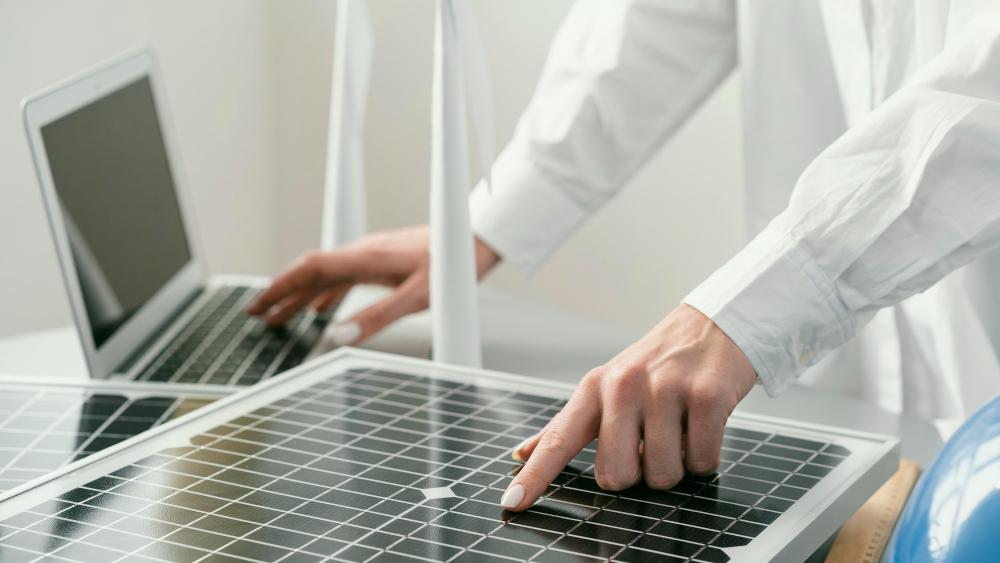-
Новости
- ИССЛЕДОВАТЬ
-
Страницы
-
Группы
-
Мероприятия
-
Reels
-
Статьи пользователей
-
Offers
-
Jobs
-
Форумы
-
Кинозал
How Much Do Solar Panels Cost in the Philippines in 2025?

Going solar has become a popular choice for many Filipinos. It is a smart way to reduce your monthly electric bills significantly. Solar Panels Cost in the Philippines is a key concern for homeowners and businesses considering this investment. Understanding the expenses involved helps in making a well-informed decision. This guide will break down the costs and what factors you need to consider.
What is a Solar Energy System?
A solar energy system is a collection of parts working together. It captures the sun's energy and turns it into usable electricity.
The Main Components of the System
The main components include the solar panels themselves, which collect the sunlight. An inverter then changes the direct current (DC) energy from the panels into alternating current (AC) energy. AC is the type of electricity used in homes and businesses. Mounting systems are also necessary to secure the panels safely to the roof or ground. Wires, circuit breakers, and metering equipment complete the system. These components are essential for a reliable and effective setup.
System Size and Power Output
Solar systems are usually measured by their peak power output in kilowatts (kW). A standard home system might range from 1 kW to 5 kW. Larger homes or small businesses may require systems of 10 kW or more. The size of the system is the single biggest factor in determining the final price. Knowing your average monthly electricity consumption helps determine the right system size for you. This prevents you from buying a system that is either too small or much too large.
Why Should You Invest in Solar Panels?
Choosing to install solar panels brings several major financial advantages. The most immediate benefit is the reduction or elimination of your monthly electric bill. Once the system is running, the electricity it generates is essentially free. This can lead to substantial savings over the long lifespan of the solar panels. Most high-quality solar panels come with warranties lasting 25 years or more. This means decades of producing your own clean, free energy.
Protection Against Rising Power Rates
Another important benefit is protection against rising electricity rates. In the Philippines, the cost of electricity often goes up. When you generate your own power, you are shielded from these frequent price hikes. Your energy cost becomes fixed, predictable, and much lower. Furthermore, having a solar system increases the value of your property. Homebuyers often see solar installations as a desirable feature, which can help with resale value. While there are initial costs, the long-term savings make it a smart investment.
How is the Cost of Solar Panels Determined?
The final price of a solar installation is not a single fixed number. It varies based on several important factors.
System Size (kW) and Cost Efficiency
As mentioned, the size of the system is the primary cost driver. A smaller 1 kW system will naturally cost less than a larger 5 kW system. For an average Filipino home, a 3 kW system is often the sweet spot. This size balances the upfront cost with significant bill reduction. The larger the system, the lower the per-watt cost generally becomes. This is due to efficiencies in labor and fixed costs of installation.
Component Quality and Brands
The brand and quality of the solar panels and inverters matter significantly. Tier 1 solar panel brands are generally more efficient and reliable. They also come with longer, better warranties. Higher-quality inverters, such as micro-inverters, can increase energy harvest but also raise the price. Choosing cheaper, lower-quality components might save money initially. However, it can lead to lower performance and higher maintenance costs later on.
Installation Complexity and Labor
The labor cost is a major part of the total investment. It changes based on the difficulty of the installation. Factors like the type of roofing material (e.g., concrete vs. metal) affect the mounting process. The pitch or angle of the roof also plays a role in complexity. Installations on two-story houses are more complex than ground-mounted systems. The distance between the panels and the inverter can also influence wiring costs.
The Installer's Reputation and Service
The company you choose to install the system affects the final price. Reputable, experienced installers might charge a bit more for their services. This higher cost often reflects their expertise, proper certifications, and excellent after-sales support. Getting multiple quotes is a smart way to compare prices and service packages. Always check the installer's track record and warranty offers.
The Return on Investment
Most homeowners see their solar system pay for itself through savings within 4 to 7 years. This is called the payback period. After this period, every kilowatt-hour the system generates is pure savings. Given the 25-year-plus lifespan, the total return on investment is substantial. This makes the initial outlay a smart financial move rather than a simple expense.
Key Takeaway
Investing in solar power is a significant decision for any property owner. The initial expense provides long-term financial security and environmental benefits. When considering the overall system price, remember to focus on quality and reliability. Do not just look at the cheapest initial offer. The factors that influence the total Solar Panels Cost in the Philippines are complex but manageable. Getting a custom quote from a trusted installer is the best next step. This ensures you get the most accurate price and the right system for your specific needs.
- AI
- Vitamins
- Health
- Admin/office jobs
- News
- Art
- Causes
- Crafts
- Dance
- Drinks
- Film
- Fitness
- Food
- Игры
- Gardening
- Health
- Главная
- Literature
- Music
- Networking
- Другое
- Party
- Religion
- Shopping
- Sports
- Theater
- Wellness


